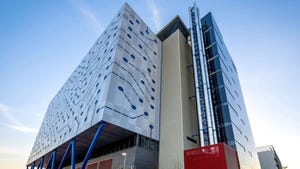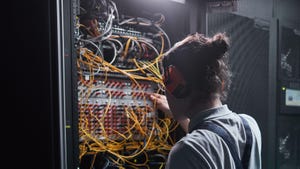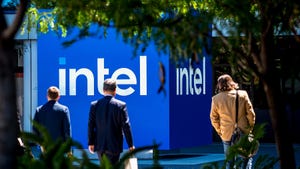Hypervisor 101: Server Virtualization BasicsHypervisor 101: Server Virtualization Basics
Server virtualization has transformed the data center industry. Here are the basic things you need to understand about the technology that enables it.

Even in their most basic form, virtualization technologies have transformed the data center at the core: servers, storage, networks. Here we’ll look specifically at the hypervisor, a tried-and-true technology that made server multi-tenancy (the ability for a single server to run multiple computing workloads as though they were running on multiple servers) for years.
First, here are some basic things to understand about the modern hypervisor:
At a very high level, hypervisor technologies represent intelligent pieces of software that allow us to abstract hardware resources and create multi-tenant server capabilities. These virtual servers (or services) are software-based virtual machines, or VMs, accessing underlying physical resources of the server, sharing those resources with each other.
To read the rest of this article, please register below:
About the Author
You May Also Like









